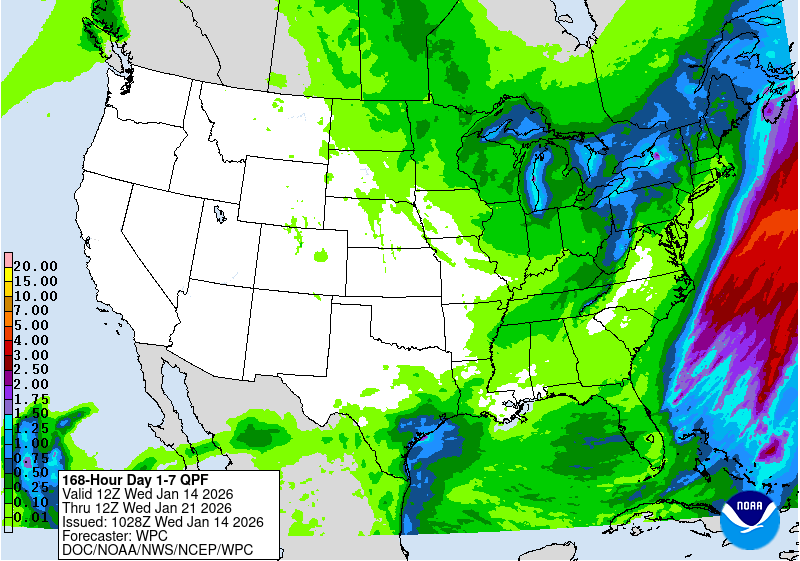Period begins with a very weak and unstable upper air pattern with a remnant trough that extends from the OHVLY south to LA. An upper ridge is closed off from the MId-Atlc to the NE Gulf of Mexico. The aforementioned trough, and notable associated deep layer moisture axis moves slowly SEWD into our region from the northwest during the day. The lower static stabilities associated with the approaching trough meet with plenty of low level moisture and thermodynamic instability to support at least isolated afternoon showers and thunderstorms. Would not be surprised to see future shifts raise the rain chances Friday afternoon if this specific synoptic depiction continues. It`s all about the timing.
Well, the trough continues moving SEWD through our area, very slowly and keeps rain chances elevated into Saturday, as the deep layer moisture axis is shown by both spectral models to lie more west to east along the coast Saturday afternoon and into the evening. This, again, will keep rain chances elevated and they will likely be highest across the region during peak heating and into the early evening. The trough slowly fills while all this is going on but this time of year, all that is needed for showers and thunderstorms is moisture, instability and mesoscale lift and there should be plenty of that on Saturday and into Saturday evening.
It looks like after this time, both spectral models continue to shove the trough offshore and I am not certain of that given how weak the overall flow will have become by this time, and also given the fact the trough itself is weakening and filling, as has already been mentioned. At the same time all this happens, the nose of a southern plains ridge tries to build eastward across the Lower MS River Valley and this may be just enough northerly momentum, combine with the troughs own west-side circulation to shove the boundary offshore, if this occurs, this would raise the rain chances higher over the marine area versus land.
Suffice to say, showers and thunderstorms look to be a good bet each afternoon through the period. This pattern is more synoptically forced, albeit subtle. So, do not expect the normal sea- and bay-breeze thunderstorm pattern embedded in background southerly boundary layer flow pattern. Highs through the period will range from the upper 80s to lower 90s each day with overnight lows from the upper 60s to middle 70s.

Mid-upper shortwave trough — bolstered early in the period the MCV over the ARKLATEX — will be the catalyst for additional diurnally-enhanced convection along the surface stationary front south toward the Gulf coast. 0-6km bulk shear values aoa 25 kts along with robust deep-layer instability (mucapes at 2000-3000+ j/kg) will support more organized, widespread coverage during the afternoon through mid evening ahead of the upper trough, with the surface moisture convergence getting an added boost from the developing Gulf breezes.
Despite the relatively high 1-3 hourly FFG (generally 2.5-3.0″ in 1 hour and 3-4″ in 3 hours), localized totals of 3-5″ within a few hours per the high-res CAMs would support a marginal risk of excessive rainfall, particularly over portions of se LA given the relatively wetter antecedent soils (lower FFG values).
IN THE TROPICS




